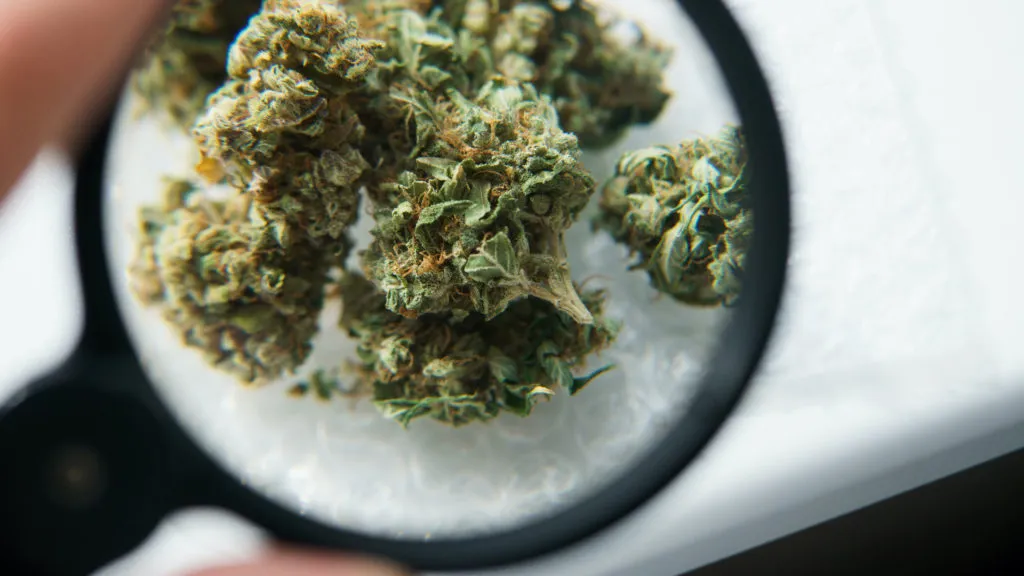Weed in Germasogeia: A Growing Concern

But, like many urban areas around the world, it has been facing challenges with environmental concerns. One such issue that has been slowly creeping up in the region is the growing presence of weeds. These invasive plants are causing damage to local ecosystems, disrupting agriculture, and impacting the quality of life for residents. In this article, we explore the issue of weeds in Germasogeia, their impact on the environment, and the efforts being made to control them.on Weed in Germasogeia.
What Are Weeds and Why Are They a Problem?
Weeds are plants that grow in unwanted places, often competing with native vegetation or crops for nutrients, water, and sunlight. These plants thrive in disturbed environments, which makes urban areas like Germasogeia particularly vulnerable. Common weeds in the region include species such as Convolvulus arvensis (bindweed), Cirsium vulgare (thistle), and Cenchrus setaceus (pennisetum). They can spread rapidly, crowding out native plants and creating imbalances in the ecosystem.on Weed in Germasogeia.
In addition to environmental damage, weeds in Germasogeia have economic consequences. For farmers and gardeners, these invasive plants can interfere with crop growth by depleting soil nutrients, increasing the need for herbicides, and reducing overall yields. Weeds also obstruct irrigation systems, making it harder for water to flow to crops or plants that need it most.
Moreover, some weeds may introduce health risks by becoming hosts for pests or diseases, which in turn could affect agriculture, livestock, or even human health. Allergies triggered by the pollen of certain weeds are a concern for many locals, especially during peak blooming seasons.
Environmental Impact: Disrupting the Natural Balance
However, the unchecked spread of weeds is disrupting this equilibrium. Weeds can alter soil chemistry, decrease biodiversity, and disrupt local ecosystems.
This nutrient overload can also lead to algae blooms in nearby water sources, creating poor water quality. Additionally, weeds can smother native vegetation, reducing habitat for local wildlife and threatening biodiversity in the region.
Efforts to Manage Weeds in Germasogeia
Addressing the weed problem in Germasogeia requires a multifaceted approach involving local government, environmental organizations, and residents.
- Education and Awareness: Local authorities are working to raise awareness among residents about the importance of preventing the spread of weeds.
- Integrated Weed Management: Rather than relying on harmful chemical herbicides, an increasing number of local farmers are adopting more sustainable practices like crop rotation, mulching, and hand-pulling weeds.
- Community Cleanup Efforts: Volunteer groups and local organizations regularly organize clean-up campaigns where they target areas known for weed growth,
- Restoring Natural Habitats: Restoration projects aimed at replanting native species are being undertaken to help reduce the impact of invasive weeds.
- Legislation: This step is crucial to prevent the introduction of new invasive plants that could further harm the local ecosystem.
The Future of Germasogeia’s Green Spaces
As Germasogeia continues to grow and develop, the issue of weeds will remain an ongoing challenge.
You’re the best when it comes to marijuana products , always taking care of me. Definitely recommending you to my friends. Thanks for the quick delivery .Really happy with the product .As usual, it’s top-notch. Keep it up you. you can contact them on email Scenthub43@gmail.com and also there Telegram : https://t.me/Scenthub43
wow Thanks for the referral they have great service and got the best weed around. and the delivery is so smooth

Thanks for always being reliable! I can always count on you for good product.
You’re the go-to in the area for a reason. Always a smooth experience